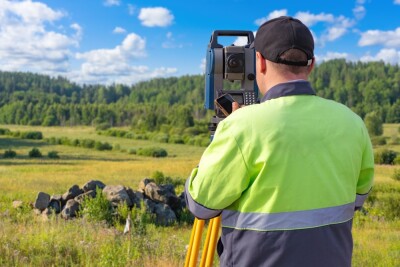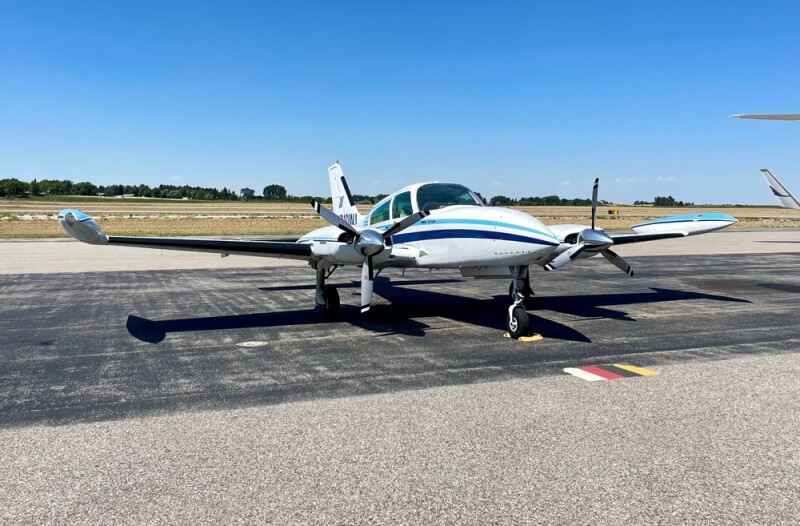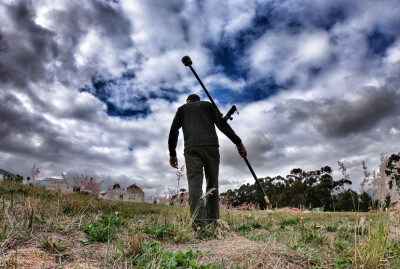Over the course of this year at Geo Week News, we’ve been diving deep into the efforts to modernize the national spatial reference system (NSRS) being led by the National Geodetic Survey (NGS). Through conversations with those in the thick of this work within NGS, as well as members from the Geospatial Center for the Arctic and Pacific (GCAP) – who last year received a $6.5 million grant to assist in these efforts – we’ve covered this modernization effort from a high-level, as well as in more focused articles highlighting the effort’s effect on bathymetric surveying as well as the role of GNSS in the modernized NSRS.
These conversations have undoubtedly been valuable to get first-hand insights into the work that is going into this effort, and all of the different thought processes that are going into ensuring as smooth a transition as possible. And indeed, we do have more of these conversations planned moving forward. At the same time, one voice that has been missing in our coverage to this point has been the practitioners who will be most affected by these changes in the field and in the office.
To rectify this, we recently had the opportunity to speak with Phil Gershkovich, the President and Owner of Cooper Aerial Surveys. Cooper is a provider of topographic survey and mapping data for clients across a number of industries throughout North America. Gershkovich also serves on the board of directors for the Management Association for Private Photogrammetric Surveyors, or MAPPS. In this capacity, he recently moderated a panel discussion featuring speakers from NGS designed to answer questions from those in the community about this modernization effort.
Gershkovich was able to speak with Geo Week News about what kinds of issues the attendees – which included representatives from some of the largest geospatial companies in the nation such as Dewberry, Woolpert, and others – raised to NGS representatives, and what he personally sees as questions he has in his capacity in the geospatial industry. He also relayed some of the benefits he sees from his standpoint about this modernization effort.

As one would expect, there was seemingly a bit of apprehension about the changing of the NSRS. That’s almost a given any time long-term, established norms are going to be changed, particularly for an older industry – both in terms of how long the industry has been around and the average age of the sector. Generally speaking, it seems the questions from those within the industry revolved around data conversion and how different states will respond to the modernization, as well as how manufacturers will adapt. These are all issues that NGS has in mind during this process, and it’s telling that these are the topics that are top of mind for the geospatial professionals who will be most affected by the modernization efforts.
That’s certainly not to say that it’s all apprehension around these efforts from the industry, and Gershkovich himself sees a few specific positives that could come from these modernization efforts. Perhaps most prominently, he foresees these changes fostering a better relationship between the surveying and GIS communities.
He told Geo Week News, “This new datum is going to allow GIS and surveyors to work better together, because now these projections are going to be defined – they’re all going to be low-distortion projections. You don’t have to do these conversions between grid and ground.”
One other theme that came out of our conversation with Gershkovich is that a large portion of the geospatial industry in the U.S. remains unaware of the changes coming to the NSRS. Reaching these communities is a major focus of efforts from both NGS and GCAP, and it’s a difficult nut to crack. There is going to be an adjustment period from those in the industry at the end of this process, but that adjustment will be more or less significant depending on how much preparation time professionals have ahead of the changes going through.
There are plenty of reasons why this news isn’t necessarily reaching all corners of the industry, and Gershkovich notes that one of the big ones is that some in the industry are trending away from licensure, and as a result continuing education programs aren’t as strong as they once were. Right now, a lot of the onus on keeping up with the latest developments in the sector is on the professional themselves, and even those with the best intentions don’t always have the time to partake in these educational sessions unless it’s specifically mandated.
Even with some of the apprehension, along with a general lack of awareness in some corners, many in the industry still have excitement about some of the elements with this modernization process. It will take time to adjust, but the benefits will ultimately come out of the process for those who make the adjustments. For Gershkovich, whose background and education is in GIS, that aforementioned bridging of GIS and survey stands out in what he’s heard about the modernization efforts so far, and he feels it really has the potential to change the industry for the better.
“I think as [these new datums] become more and more prominent, survey and GIS are going to come together – hopefully stronger – and recognize each other’s strengths and weaknesses and make the geospatial industry stronger.”







